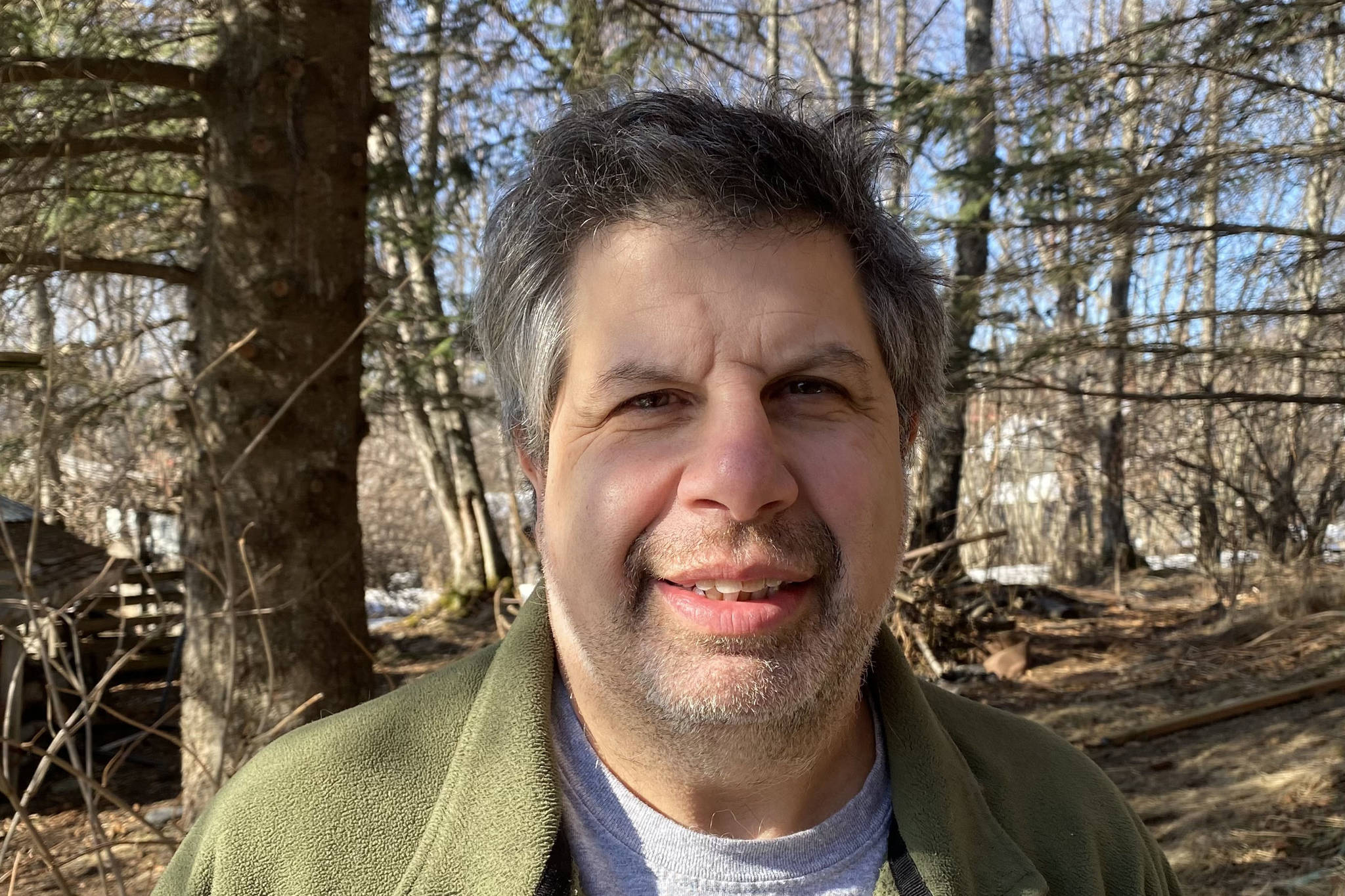By Alex Koplin
Can you guess which age group had the highest voter turnout percentage in Alaska’s 2020 election? Before we give you the answer, let’s look at the overall voter turnout in our state. For the 2020 presidential election, Alaska’s voter turnout was slightly over 60%. This was a little less than the 2016 presidential election. But now comes the fun part, as we look at the voting turnout percentages by ages from the 2020 election. All statistics were gathered from the Division of Elections website.
You may have already guessed which age group had the largest voter turnout percentage — the 65- through 74-year-olds — with an astounding 77%. The lowest turnout rate (drumroll please) was ages 22 through 24 with 41% of them voting.
An interesting statistic was for people ages 18 to 19, who had a voter turnout rate of 57%. But after age 19, the voter turnout rate drops precipitously into the mid 40s. The upward trend picks up at ages 35 to 44 where the voter turnout rate was 58%. The voter turnout percentage goes up from here and peaks at 77%.
What can all this mean? From a cursory point of view, we will try to draw some connections.
It seems by looking at these statistics that civics education in schools work — as evidenced by the 18- to 19-year-olds and their 57% voter turnout. But as we all know, if you don’t use it, you lose it. Sub-sequentially, we have a downward spiral for voter turnout until we hit the 35-year-olds and older. These numbers may suggest that people, in the age range from 20 to 34 are just not that connected to the government. And this makes sense, as many young adults are just trying to get their lives on track. (I can definitely relate.) With the constant demand of life, voting can easily take a back seat. However, as the voting rate climbs up for 35-year olds and up, older adults seem to understand how the government directly impacts their lives.
So how do we educate the people who aren’t really interested in the idea of voting? One way would be for local and state offices to do more outreach that teaches how voting directly correlates to civic health.
Another example that can promote voting occurred in Sandusky, Ohio, where the city decided to swap out Columbus Day for Voting Day. In some local municipalities in the U.S., 16-year-olds can vote in local elections and for school board members. H.B. 39 in Alaska is about preregistering voters when they turn 16. And plain old conversations with people about why we vote and personal stories are critical for the development of understanding this concept.
Our goal is to have 100% of citizens voting. Every voice matters and the more we promote the importance of voting, the more we improve our civic health.
Alex Koplin is a founding member of Kenai Peninsula Votes.
